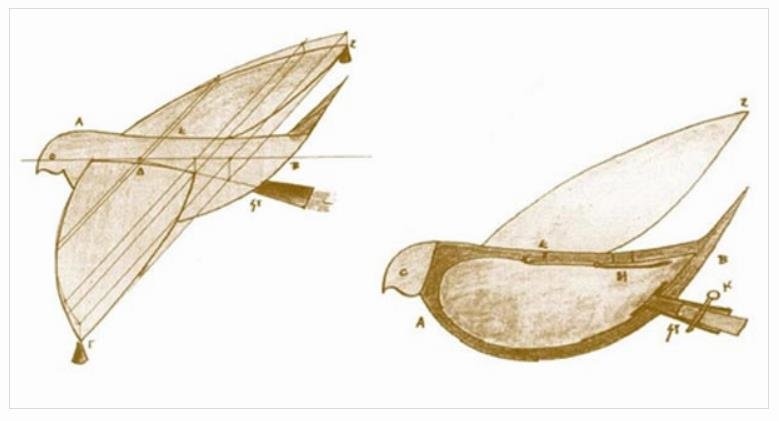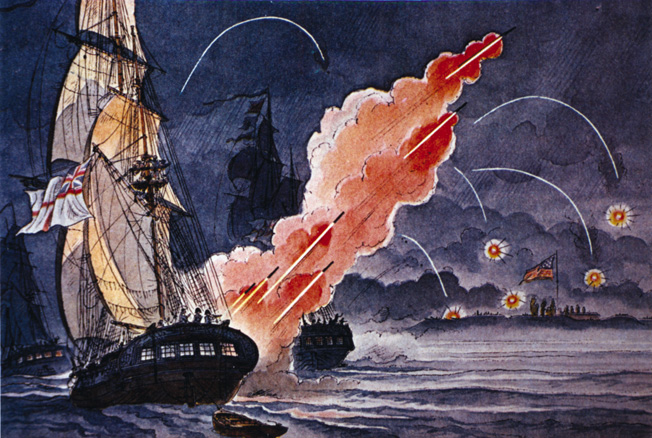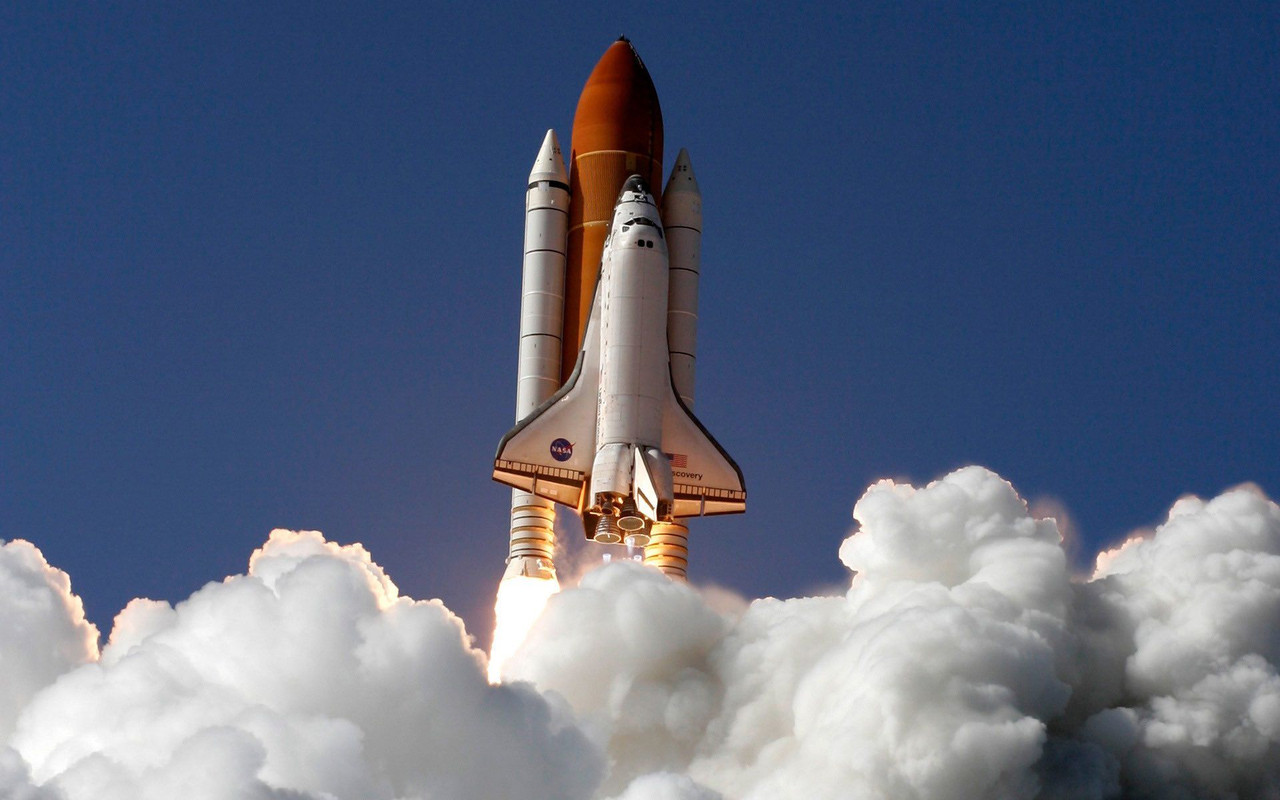
Introduction
The concept of rocket propulsion dates back thousands of years, with early principles observed long before modern advancements. While early rockets were primitive, the development of the reaction principle marked a significant turning point in humanity’s journey toward space exploration. This principle, combined with the invention of gunpowder, laid the groundwork for the advancements in rocket technology that would shape global warfare and eventually open the universe to exploration. Here, we’ll trace the journey of rockets from ancient prototypes to advanced mechanisms, exploring their evolution, purpose, and the intellectual breakthroughs behind them.

1. Evolution of Rocket Principles and Early Discoveries
The origins of rockets are rooted in early inventions that focused on propelling objects through reaction forces, a concept that has fascinated humankind for over two millennia. Though the technology remained rudimentary for centuries, it wasn’t until the discovery of the reaction principle that rocket technology truly advanced. This principle, where the backward release of matter propels an object forward, became essential to space travel. However, progress in practical applications took time, with rockets used only sparingly until the 20th century, when accelerated technological strides transformed basic rockets into sophisticated mechanisms.

2. The Reaction Principle and its Influence on Space Exploration
The reaction principle operates similarly to a machine gun mounted on a boat, where the backward discharge propels the vehicle forward. This concept laid the foundation for understanding rocket propulsion. Ancient records, like the ‘pigeon of Archytas’ described by Aulus Gellius, show early applications of reaction forces. Here, steam was expelled from exhaust ports to move a wooden bird, demonstrating the basic mechanism of thrust, albeit in a simple form. This ancient device highlighted humanity’s early grasp of reaction-based propulsion, but it wasn’t until the discovery of black powder that true rockets began to emerge.

3. The Role of Black Powder and the Rise of Fire Arrows
The invention of black powder is attributed to Chinese alchemists around the 10th century and marked a pivotal shift in projectile technology. Early black powder projectiles, known as fire arrows, were used in warfare by the 13th century. The Chinese developed incendiary rockets, like the “arrows like flying leopards,” which could launch multiple projectiles at once. These were later adapted by other cultures, such as the Arabs, who created the “egg which moves and burns” — a primitive rocket stabilised by a long tail. These developments demonstrated the increasing importance of rockets in warfare as black powder facilitated more powerful and versatile projectiles.

4. Rockets in Military Context: European Adoption and Adaptation
While rockets were initially restricted to fireworks in Europe, it was the successful deployment of rockets by Indian forces against British troops in the late 18th century that shifted European perception. These Indian rockets featured iron cases and bamboo guiding sticks, inspiring the British to experiment with their own barrage rockets. Unlike their predecessors, these British rockets were fully encased in iron and designed for destructive purposes. By the 19th century, the United States also adopted rockets for warfare, though these early versions were sometimes unpredictable in their flight paths. This period signified the transition from rockets as novelty items to formidable military tools.

5. Modern Developments and the Future of Rocket Technology
Throughout the 20th and 21st centuries, advancements in rocket technology have led to both tremendous progress in space exploration and devastating wartime applications. Modern space programs owe much to the principles established centuries ago by those who pioneered early rockets. Today, rockets are used not only for national defense but also as the backbone of space exploration, with hopes of reaching new planetary frontiers. Looking ahead, the rocket’s journey from basic reaction-powered objects to sophisticated spacecraft demonstrates humanity’s boundless curiosity and ingenuity, inspiring endless possibilities for the future of space exploration.
Key Highlights
- Reaction Principle: The discovery of this concept enabled true rocket propulsion, laying the groundwork for space travel.
- Early Rockets and Black Powder: Initially developed as projectiles, early rockets evolved significantly with the advent of gunpowder in China.
- Military Influence: Rockets were adopted in warfare, especially following their success in India and later adaptation by British and American forces.
- Modern Rocketry: Current rocket technology for space exploration builds on these early developments, pushing the boundaries of human reach.





